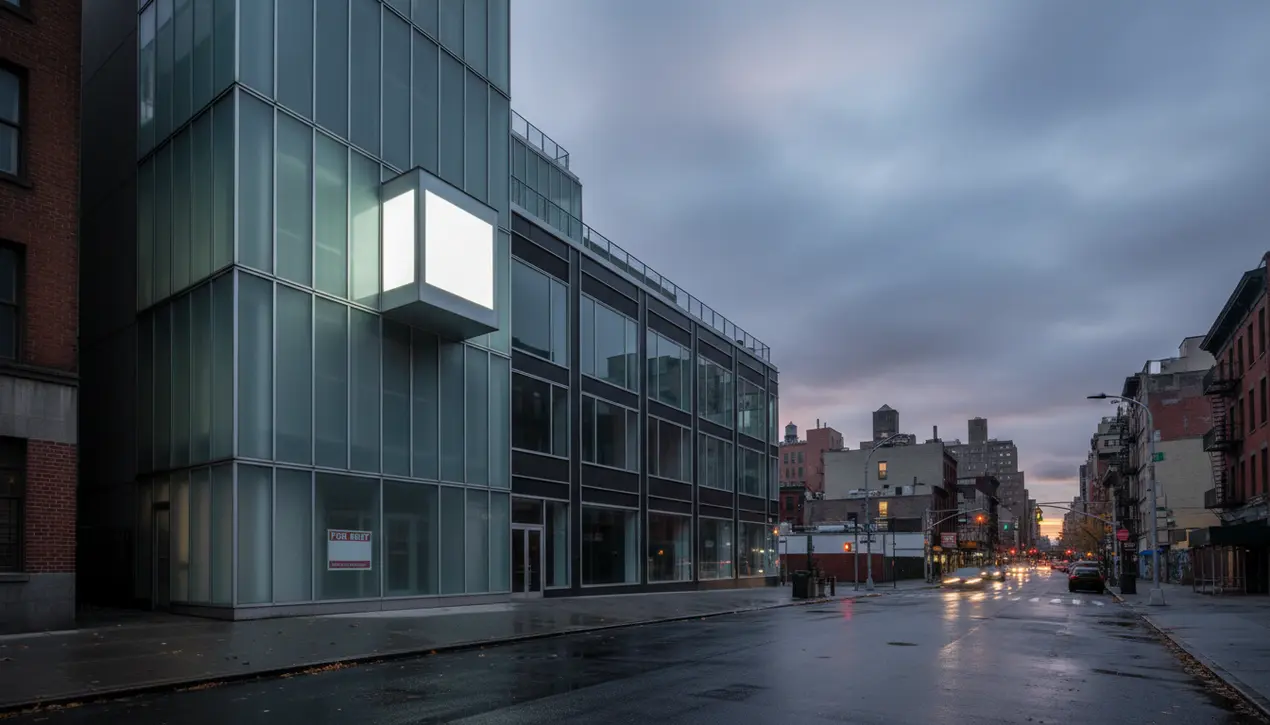
Entertainmenttheatre & artsArt Exhibitions
Sperone Westwater Gallery Faces Uncertain Future in New York.
AN
Andrew Blake
2 hours ago7 min read
The art world is buzzing with the kind of hushed, speculative energy usually reserved for a major auction or a surprise museum acquisition, but this time the chatter is centered on the potential demise of a storied institution. Sperone Westwater, a gallery that has been a pillar of New York's contemporary art scene for decades, finds its future shrouded in uncertainty, a development that feels like a tremor through the very foundations of the city's cultural landscape.Founded in the 1970s by Italian art dealers Gian Enzo Sperone and Angela Westwater, the gallery didn't just sell art; it championed a specific, rigorous intellectualism, building its reputation on the backs of titans like the minimalist Bruce Nauman and the conceptually playful William Wegman. Their move to the Bowery in 2010 was itself a statement, a bet on the continuing evolution of downtown New York, symbolized by the acquisition of a dramatic, narrow building designed by the renowned architect Norman Foster, complete with its iconic moving elevator that served as a floating exhibition space.To see such a fixture now facing an ambiguous twilight raises profound questions about the ecosystem it inhabits. Is this a simple story of a business closing its doors, or is it a symptom of a much larger, more systemic shift in how art is consumed, sold, and valued? The traditional blue-chip gallery model, with its physical white-cube spaces and carefully curated roster of artists, is under immense pressure from multiple fronts.The astronomical rise of the mega-gallery—powerhouses like Gagosian, Hauser & Wirth, and Pace that operate as global brands—siphons away top talent and collector attention, creating a 'winner-takes-most' environment. Simultaneously, the digital realm, from online viewing rooms to the NFT boom, has fundamentally altered the pathways of art discovery and acquisition, challenging the necessity of a prime physical location.Furthermore, the crushing economics of maintaining a significant footprint in a city like New York, with its relentless rent inflation and operational costs, can make even a successful gallery's balance sheet precarious. The potential winding down of Sperone Westwater isn't just about one gallery; it's a potential canary in the coal mine.It prompts a reflection on what is lost when these mid-sized, curatorially-driven spaces vanish. They are often the crucial incubators for artists who are not yet global superstars, the places where challenging, non-commercial work can find a supportive home and a discerning audience.Their closure narrows the pipeline, making the art world more homogenous and less adventurous. What happens to the gallery's esteemed roster of artists? Where does their archive, a vital piece of art historical record, end up? And for New York City, a place whose identity is inextricably linked to its cultural vitality, the gradual erosion of such distinctive galleries chips away at its soul, transforming neighborhoods once rich with artistic experimentation into sterile corridors of luxury retail. The situation is a complex puzzle, one that touches on economics, urban policy, and the very definition of cultural value in the 21st century, leaving observers to wonder if we are witnessing the end of an era or simply the painful, inevitable evolution of an industry in perpetual flux.
#featured
#Sperone Westwater
#gallery
#New York
#art market
#closure
#uncertainty
Stay Informed. Act Smarter.
Get weekly highlights, major headlines, and expert insights — then put your knowledge to work in our live prediction markets.
Comments
Loading comments...
© 2025 Outpoll Service LTD. All rights reserved.